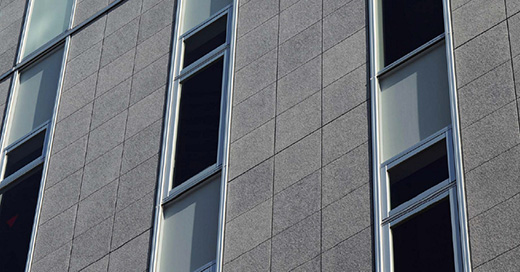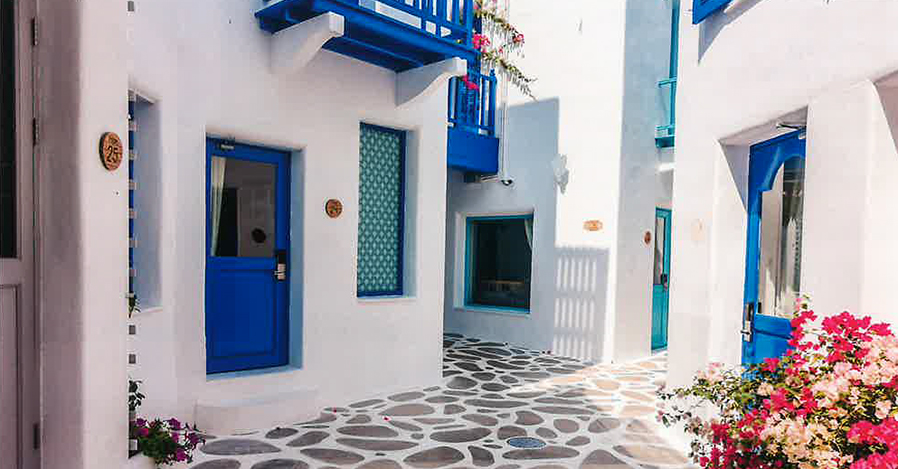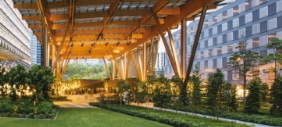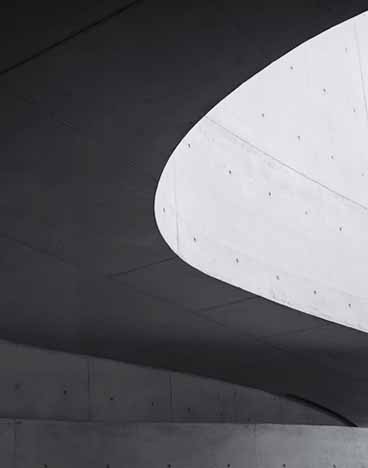2024.03.19 Functional

Functionality and Sustainability 2
- Anti-bacterial Paints -
Throughout our long history, humanity has continued to fight against various infectious diseases. In recent years, it is still fresh in our memory that COVID-19, still raging across the world, is far from over. As a result, many people have developed a strong interest in public health. Handwashing and gargling practices are becoming more common in households. There is also a movement to create more sustainable living environment that is healthier and easier to live in.
With the growing awareness of hygiene and the spread of Sustainable Development Goals (SDGs) adopted by the United Nations, there is growing attention to anti-bacterial paints that help maintain a hygienic environment. The anti-bacterial paints are also gaining recognition for their contribution to the creation of sustainable environments where people can continue to live. As a result, inquiries to our company are increasing.
What Is Anti-bacterial Paint?
Anti-bacterial coatings/paints are mainly effective against bacteria and suppress the growth of bacteria. There is also a feature closely resembling this known as fungus resistance. Fungus resistance is effective against various kinds of fungi, but not against bacteria.
While some products have fungus resistance, they may not necessarily have anti-bacterial function. For the interior, having both fungus resistance and anti-bacterial function is considered more hygienic.
SANIFRESH ALPHA / Anti-bacterial & Antiviral Semi-elastic Acrylic Paint
Due to the recent highly airtight housing situation, our residential environment is also an indoor environment where microorganisms such as fungi and bacteria can easily grow.
For example, a disease known as "Deep Seated Mycosis" is caused by aspirating mould and shows symptoms similar to tuberculosis. In recent years, the incidence of this disease has been increasing.
At our company, we have a product called “SANIFRESH ALPHA”, which not only provides anti-bacterial and antifungal properties but also possesses antivirus property*.
We will maintain a sanitary environment and contribute to sustainable urban development for people and the local community.
(*Effective against Coxsackievirus type A 16 and Enterovirus type 71.)
Features
- Fends against disease such as Hand, Foot and Mouth Disease (HFMD)
It has a strong antiviral and anti-bacterial effects against Coxsackievirus type A 16 and Enterovirus type 71.
- Anti-bacterial action through contact with Inorganic Anti-bacterial Additive (IAA)
Inorganic Anti-bacterial Additive (IAA) bonds with cell membrane of bacteria and its membrane of protein, damaging the structure and inhibiting the function in a short period of time. Furthermore, the additive goes inside cells, inhibits oxygen of electronic transmission, and reacts with DNA, thereby inhibiting its function.
- Anti-bacterial action by active oxygen
When exposed to light (visible rays), radical is released, which emits an active oxygen. This active oxygen inhibits metabolic function of cells.
- Fungus and algae resistance
It prevents the growth of various kinds of fungi such as MRSA (Methicillin-Resistant Staphylococcus Aureus), Pseudomonas aeruginosa and Escherichia coli.
- Hairline cracks resistance
It is highly resistant to surface and hairline cracks due to its elastomeric property.
- Chemical and alkali resistance
It provides strong resistance to chemicals and alkalis.
Anti-bacterial Effect by Inorganic Anti-bacterial Additive (IAA) and Photocatalyst
Anti-bacterial action by IAA

Anti-bacterial action by photocatalyst

Anti-bacterial Effect (HALO Test)

This is to show the anti-bacterial effect on a typical panel painted with Sanitect.
Uses
Interior walls of schools, hospitals, commercial buildings, public facilities, houses, condominiums, food processing plants, restaurants, cafeterias, etc.
Suitable Substrates
Concrete, cement mortar, various boards
Did You Know? - Utilization of Photocatalytic Technology -
The practical application of photocatalysts, which are also used for the anti-bacterial properties of our products, is one of Japan's proud achievements in chemical technology. Research on photocatalyst began in Japan in 1967, and the principles were discovered in 1972.
Photocatalytic technology has contributed to space exploration. It is used for deodorizing and purifying air within the International Space Station. Photocatalytic self-cleaning reinforced glass is used in Louvre Museum and various airports. Furthermore, photocatalytic technology is also useful in air purifiers, artificial plants, artworks, etc.
Photocatalytic technology, which originated in Japan, is widely used not only in paints and coatings but also in various fields related to our daily lives. It has become an essential technology for building the sustainable society we aspire to.
Summary: Functionality of Paints/Coatings and Sustainability
– Anti-bacterial Paints –
In recent years, following the COVID-19 pandemic, the interest in public health has increased. In the field of coatings and paints, anti-bacterial paints are receiving increasing attention. Our anti-bacterial paints, utilizing Inorganic Anti-bacterial Additive (IAA) and photocatalytic technology, maintain a hygienic environment and contribute to the creation of sustainable cities and communities where people can continue to live. Through functional coatings with anti-bacterial, antifungal and antivirus properties, we strive to enhance the sustainability of local communities even further.
Job Reference : National Centre for Infectious Disease (NCID) (Singapore)

| Title | General name | Type | Resin | Features |
|---|---|---|---|---|
| SANIFRESH ALPHA | Anti-bacterial and antiviral reactive curing type acrylic emulsion paint |
|
Related products
| Title | General name | Type | Resin | Features |
|---|---|---|---|---|
| CERAMI FRESH IN | Stain-resistant emulsion paint |
|
||
| SANIFRESH | Anti-bacterial reactive curing type acrylic emulsion paint |
|
||
| SANITECT W | Anti-bacterial reactive curing type acrylic emulsion paint |
|
Column categories
Access Ranking
Portal categories
Access Ranking

Functional
2024.02.28
Fair-Faced Concrete and Sustainability - Open up New Possibilities of Fair-Faced Concrete -

Material
2023.01.20
What are the advantages of expressing with a textured product instead of using natural stone?

Functional
2023.12.01
Relationship Between Paints and Sustainability

Functional
2024.01.29
Functionality and Sustainability 1 -Stop Dirt & Stains on Exterior Wall! -

Material
2024.04.03
Rich Colours and Designs Are the Key! -Sustainable Design-

Architecture
2024.04.03




